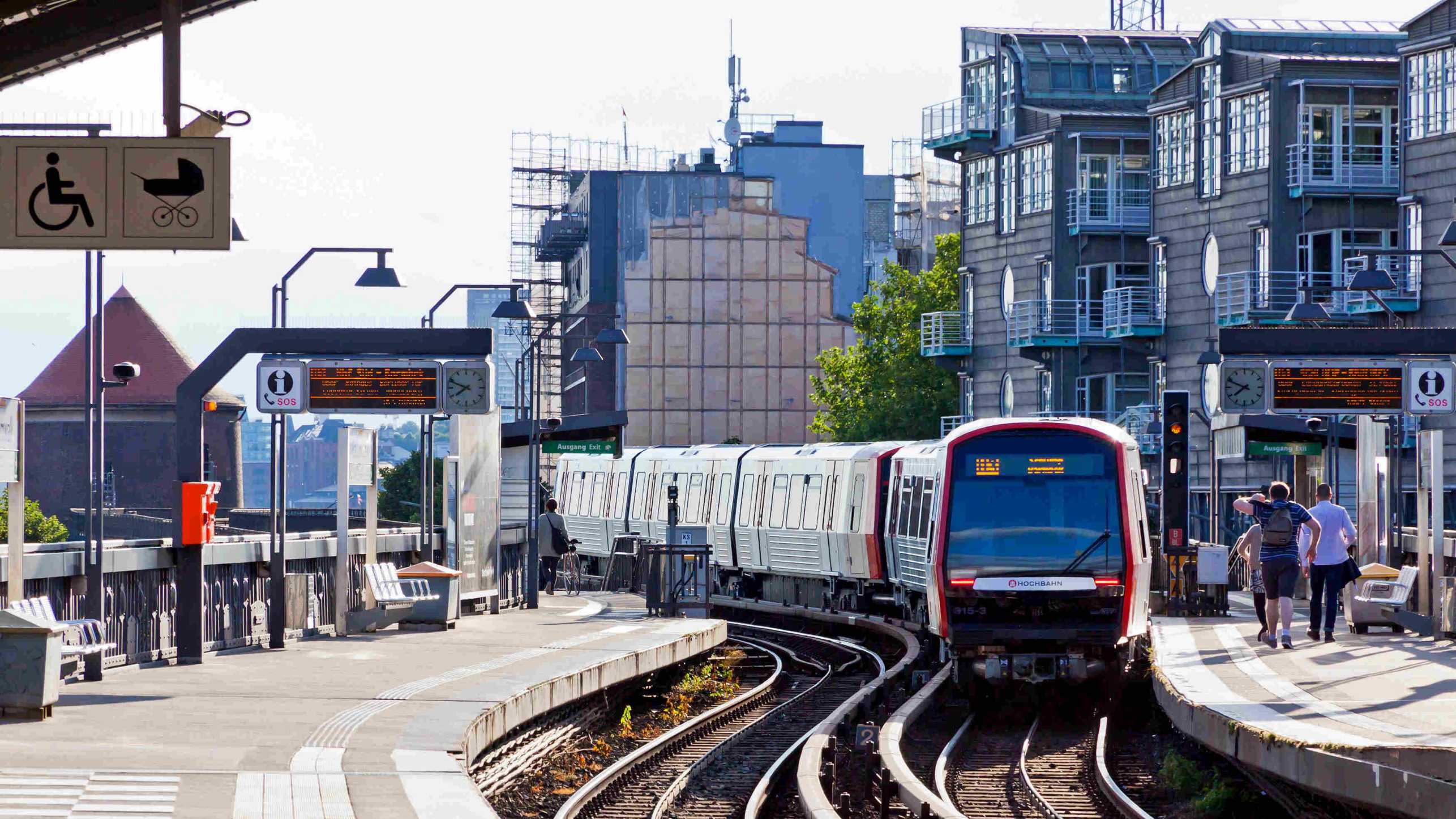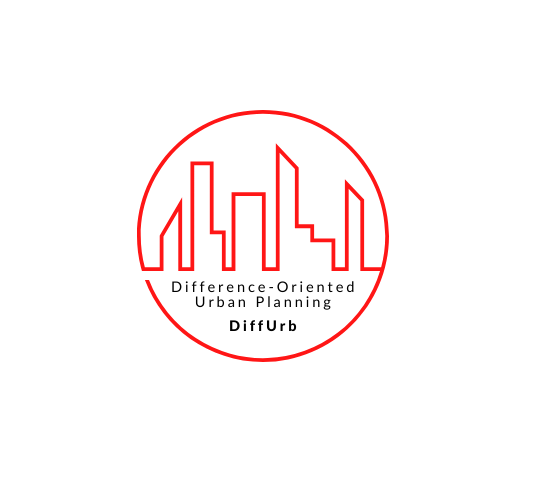Difference Oriented Urban Planning
The aim of this research project is to study the concepts and practices adopted by cities to deal with pluralism and to develop new planning conceptions oriented to differences.

Cities are characterised by pluralism of people and uses. This fact is becoming increasingly relevant in the practice of urban planning. The handling of differences of life conditions and spatial and temporal use is frequently based on an understanding that looks at only a single feature such as income, the analysis of some spaces or of a particular time of the day. The proposed study critically examines this restrictive understanding of differences, an understanding that imposes exclusive features on individuals, places or of a particular time of the day, thereby simplifying complex realities. First, we will include in the concept of difference numerous existing personal, spatial and temporal features such as social position, income, age, gender, language, disability and religion, as also the differentiated use of spaces. The aim is to understand these characteristics in their intersectional combination and dissolve representations of supposedly homogeneous uses of the city. Second, we will challenge the current understanding of urban planning by establishing a new, innovative urban planning approach—difference-oriented urban planning. This approach conceptualises difference to be a part of planning theory and practice.
We will analyse the junctures between the planned, built, lived and perceived city, tackling its everyday spatiotemporal uses (city rhythms) and planning practices. The study will be carried out in four cities representing different traditions and constellations of planning, and different aspects and models of the governance of difference:
- Geneva (the republican governance model focuses on similarities more than differences, the area has few spaces of development, and the planning practices favour conservative renewal and incremental planning);
- Hamburg (the social-democratic model emphasises class differences in planning, and important spatial changes have been planned since WWII with the help of transformative and participatory planning models);
- Turin (planning through priority areas and experiments of radical transformation in a city with a tradition of inclusion of class differences); and
- Brussels (with a strong difference orientation regarding linguistic groups, but also of social classes, besides transformative and participatory practices in city development).
Montreal (community-based planning and participatory transformation) and Prishtina (anarchic planning and reconstruction) also will be submitted to a short analysis, as contrast cases.
More information
05.2021-04.2026
- Swiss National Science Foundation (SNSF)
- Vincent Kaufmann, Institut d'architecture et de la ville EPFL - ENAC - IA
- Sandro Cattacin, Institut de recherches sociologiques Faculté des Sciences de la Société Université de Genève
- Adrienne Grêt-Regamey, Planning of Landscape and Urban Systems Institute for Spatial and Landscape Planning ETH Zuerich
Professur Landschafts- und Umw.pl.
Stefano-Franscini-Platz 5
8093
Zürich
Switzerland

